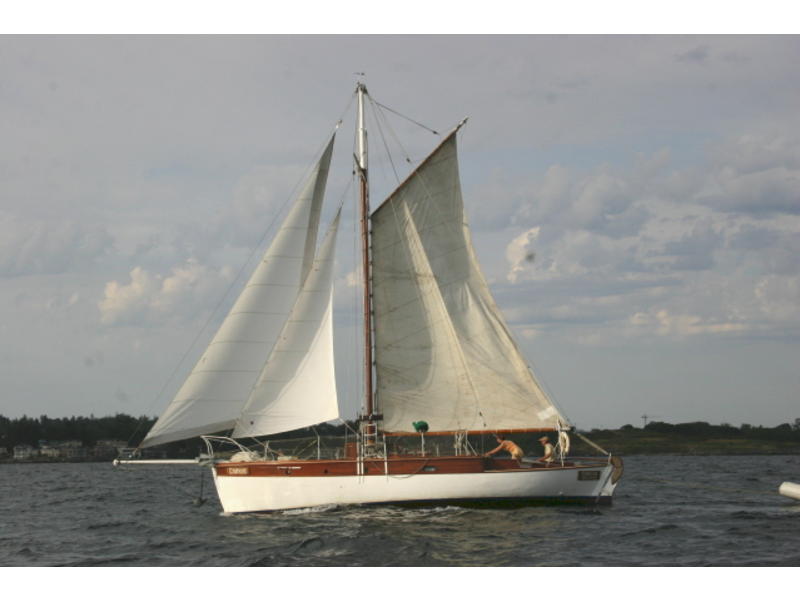How to Sail a Cutter Rigged Sailboat

A mounted sailboat having two or more headsails is known as cutter rig sailboat or simply a ‘cutter’. Only a few other boats can match the level of wind versatility and easy handling of a cutter rig sailboat because of its added headsails. As is the case with most things in this world, a fair amount of practice is required to become perfect at sailing a cutter. However, once you have mastered the art, the experience can be truly exalting.
Things Required:
– Cutter rig sailboat
Instructions
-
1
Learn about the differences between a cutter rig sailboat’s foresails. Each sail forward on the mast of your boat is meant to serve a unique purpose, depending on prevailing weather conditions. The headsail on the outermost part of a cutter hangs on the jibstay and is thus called the jib or at times ‘yankee’. On the other hand, the headsail on the innermost part hangs on the forestay and is referred to as the staysail. In terms of size, the jib comprehensively dominates the staysail.
-
2
A cutter should be tacked just like a sloop. After all, a cutter is a sloop with more than one headsail. Tend to the jib in order to tack a cutter. If you are sailing on a modern cutter, chances are that it would have self-tending staysails which have the ability to act like the mainsail while the boat is being tacked. Instruct a crew member to attend to the jib and keep an eye on the staysail yourself while you are tacking the cutter.
-
3
For making the cutter more versatile in rapidly changing weather conditions, multiple headsail configurations should be used. Consider sailing on the jib and dropping the staysail if a strong wind picks up.
-
4
The best way to avoid turbulence that is often caused when the staysail tends to create a layering effect on deep reaches, robbing the jib of wind as a result, is to take the staysail out of the downwind. It is best not to sail on a deep reach or downwind on a cutter. However, if there is no alternative, be sure to drop the staysail and keep the boat wing-on-wing with the jib. If you are one of those sailors who do not prefer dropping the staysail, it would be wise to let the staysail luff into the mainsail’s lee.







